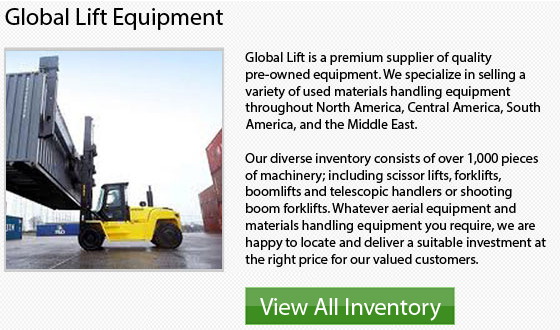
Regardless whether you have a new forklift fleet or used forklifts, your machine needs to be maintained to ensure productivity and safety. Careless forklift operation can lead to added expenses because of abuse and damage. There are simple ways to identify operator practices which indirectly contribute to expenses associated to the wrong operation of Caterpillar lift trucks or forklifts. The following suggestions would help you lower operating costs while ensuring a long life for your machine.
Causes Of Facility and Forklift Damage
Incorrect Forklifts. Choosing the correct lift truck equipment for the application is important for safe and efficient forklift performance. One of the most common mistakes is using the wrong type of forklift or options for the particular job. Machines could suffer premature wear and tear. Components may be subject to failure. Make sure that the lift truck is fitted with the correct tires and that they are not worn.
Improper Forklift Operating Practices. A common cause of impact damage is incorrect forklift operating practices. Damage to machine, facilities or product could occur while navigating around products. A congested work place lends itself to impacts. For instance, pushing pallets, called "Bulldozing", could damage the transmission and wear tires.
Unsafe Forklift Lifting and Speeding. Equipment damage and personal injury can happen by improper lifting practices. Common errors consist of lifting very high and traveling too fast. A load that is very heavy could cause the forklift to tip over. The driver should make sure that the forks are level.
Poor Floor Conditions. The most common cause of forklift damage are debris and obstructions on the floor. If twine, wood, plastic or banding gets into the engine compartment, the cooling system can be compromised. The result can be engine failure or even fire.
Radiator or axle damage is one more common result of driving over debris.

|

|